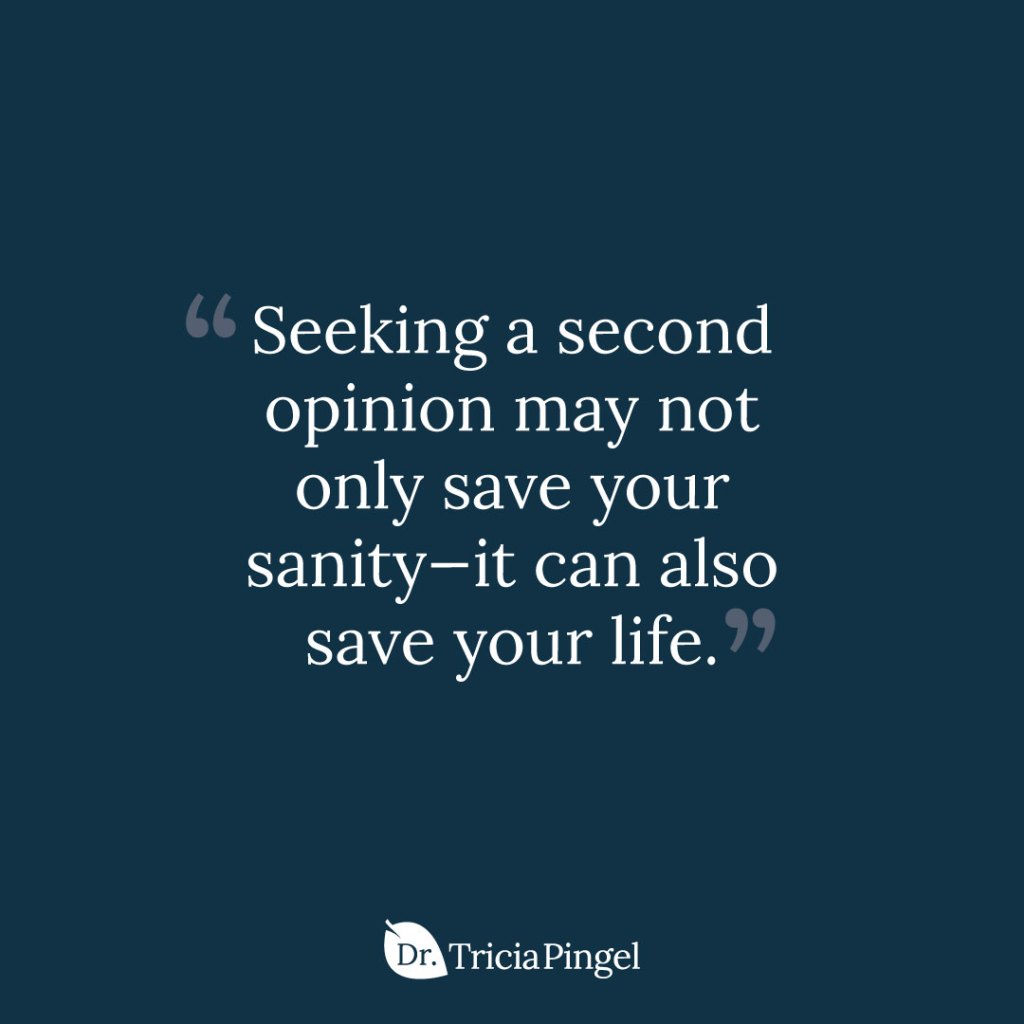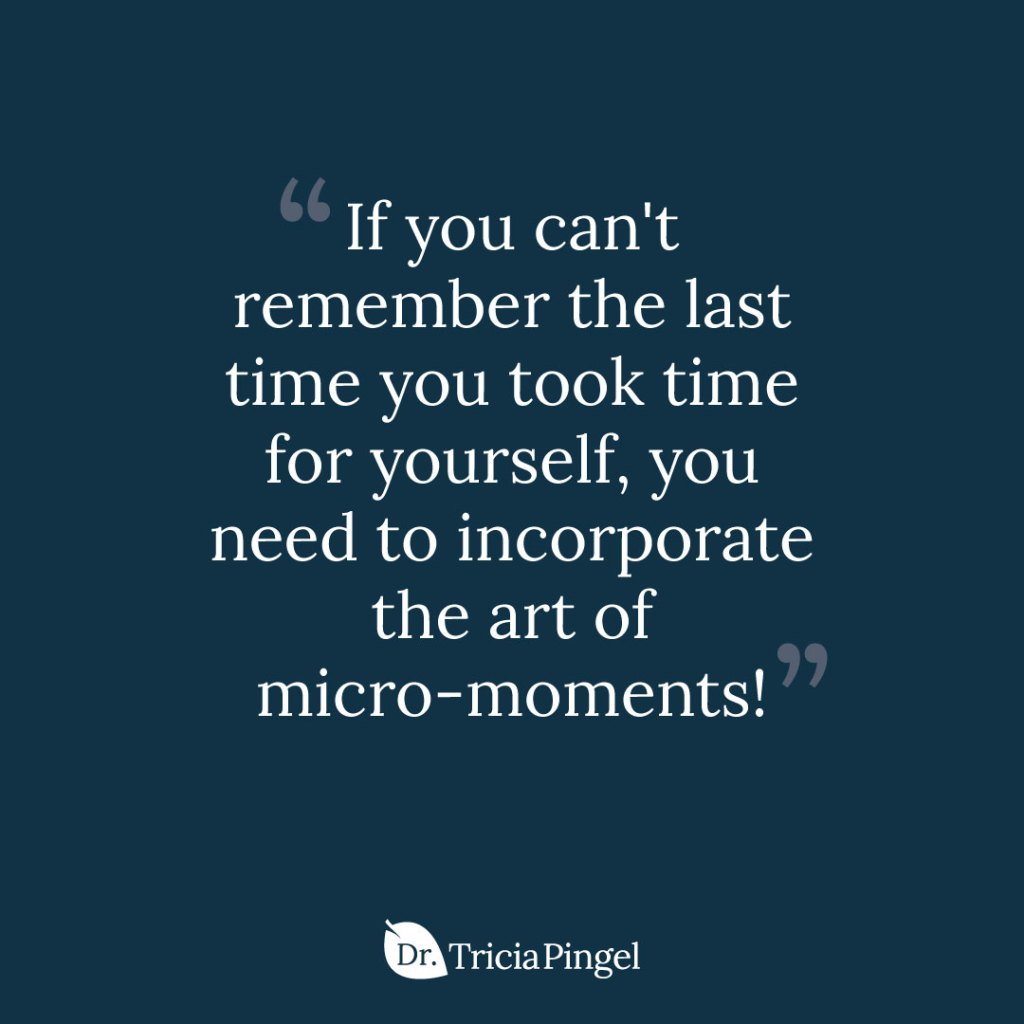How To Reset Your Body: 4 Tips For A Health Reset
It's time to Spring Clean ... your body but it doesn't need to be Spring, it can be anytime of the year! That's right—I'm discussing how to reset your body to set it up for optimal health!
While some have managed to keep their health a priority, many of us have struggled in some way—physically, emotionally, mentally … or all of the above!
So, if you've been living unhealthily or just not as healthy as you could be, this is the article for you!
I'm going to unveil all my best tips—everything from how to rid your body of the toxins that cause you to store unwanted fat to the best ways to increase energy and combat insomnia. This is one article you'll want to bookmark to reference again and again!
Let’s get started and learn all about how to reset your body to return to wellness!

How To Reset Your Body: 4 Tips You Can Implement Today!
Here are my top four tips for how to reset your body so that you can have your healthiest, happiest year yet!
1. Detox your body.
At the beginning of the year, we discussed how to reset your body by doing a detox.
Remember, a detox isn’t simply a jumpstart for weight loss. There’s a lot going on behind the scenes when you do a detox.
So, if you’re wondering how to reset your body by doing a detox, here’s how it works: When you eat detoxifying foods, you’re flushing toxins out of your body.
But you’re also giving your body the rest it needs so that it can actually respond to your continued health and even dietary efforts.
To learn more about how to do a detox, click here. And if you want more specific guidance that takes out all the guesswork, check out my easy seven-day detox. It walks you through exactly what to do and when!
2. Get moving.
Wondering how to reset your body from an activity standpoint? The great news is that you don’t have to purchase an expensive gym membership or engage in some hard-on-your-body workout plan.
Simply getting out and walking in nature does wonders for not only your psyche but also your physical health.
According to a 2015 study, people who walked through a green space, such as a park or nature trail, experienced lower frustration, engagement, and arousal. Meanwhile, they also experienced higher states of meditation. [1]
And additional research has shown that walking for just 20 minutes each day can reduce symptoms of fatigue by up to 65 percent!
But that’s not all. Other research has revealed that the key to weight loss may lie in simply enjoying a walk outside!
According to a 2013 randomized clinical trial, you can lose up to 33 percent more weight by walking 20 minutes a day than by remaining sedentary! [2]
But as you may have guessed, there’s a specific type of walking that delivers the best results. Click here to learn more about it, and then If you’re looking or an exact protocol to follow, check out my new Walking for Weight Loss eBook, which is based on this exact research.
3. Eat more plants.
If you’re searching for how to reset your body, you may be wondering if you need to overhaul your diet. The truth is that you will need to make some adjustments.
I don’t believe that everyone has to cut out animal products altogether, but I do believe that plants should make up at least 75 percent of your diet simply due to their amazing health benefits.
An easy way to do this is to sub out some of the meat you eat with protein-rich plants. Here’s a great example why: A 10-day study published in 2017 tested how satisfying mushrooms are in comparison to meat.
Amazingly, the researchers discovered that those who ate mushrooms instead of meat reported greater fullness, less hunger, and even less snacking throughout the study duration. [3]
I don’t know about you, but if I’m trying to reset my body and reclaim my health, I’m looking to experience less hunger and greater satisfaction after my meals!
To get a step-by-step guide on how to incorporate more plants in to your diet, check out my article on 10 Steps to Eating a Plant-Based Diet.
4. Support your body’s stress response.
The truth of the matter is that if you do all of the above, you’re already going a long way in supporting your body’s ability to handle the stress that comes your way by supporting your adrenal health, which will go in a long way in your search or how to reset your body.
But there’s one final element we haven’t discussed that’s just as important: prioritizing the mind-body connection!
You see, when you’re under stress, it impacts your mental health. And anything that impacts your mental health also takes a toll on your physical health as well. For example, have you ever been so upset you felt physically ill? That’s an example of stress’s ability to harm your physical health.
To support your body’s stress response through the mind-body connection, it’s imperative that you’re in touch with your innermost thoughts, feelings, and ability or inability to handle what’s coming at you—whether it’s interpersonal relationships struggles, financial concerns, job-related stress … the list just goes on.
I recommend starting with journaling or practicing gratitude at the end of each day. You can also work on reframing your more negative experiences to glean positive learning lessons.
For more tips and how-to information about the link between the mind-body connection and your overall health, check out my book Total Health Turnaround.
Key Takeaways
- After the last two years, you may be wondering how to reset your body for optimal health.
- Four of my top tips include:
- Follow these steps and you'll find that you've reset your body and set yourself up for optimal health in no time!




